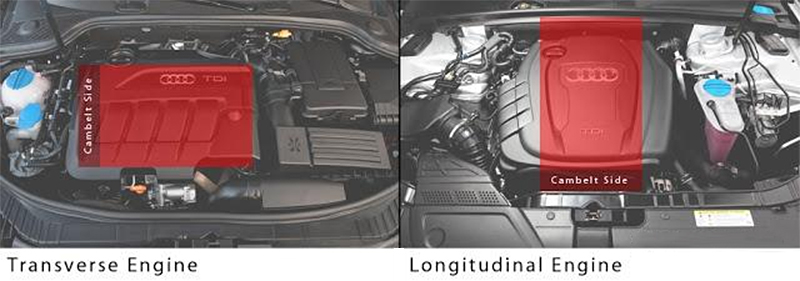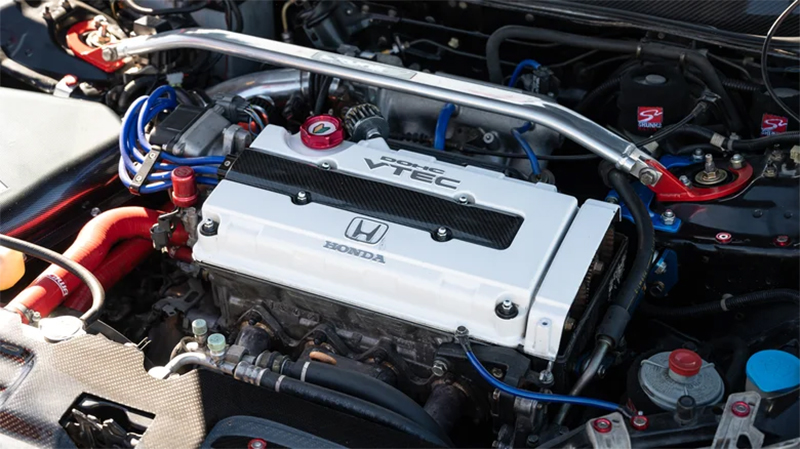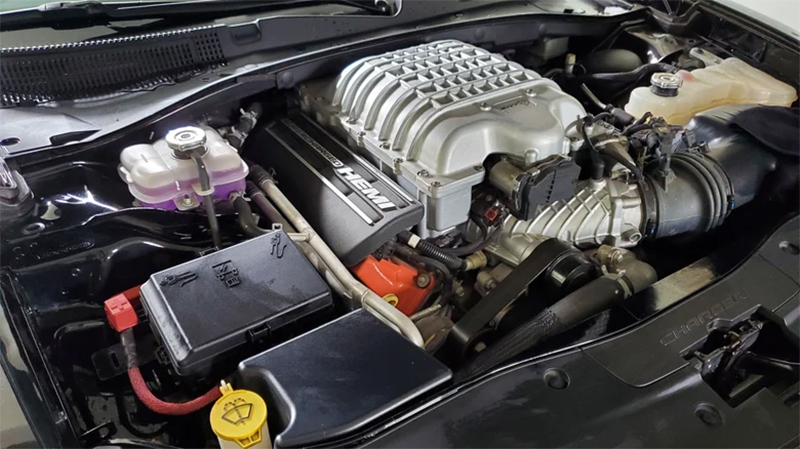Longitudinal vs Transverse Engines
When you open the hood, have you ever noticed the layout of the engine? In fact, the layout of the engine is a detail that is easily overlooked but crucial. Car engines are usually divided into transverse engines and longitudinal engines, but what is the difference between them? Here, we will analyze the differences between these two engine types. Help you choose which one is more suitable for your needs?

What is a transverse engine?
A transverse engine is probably the one you are most familiar with, as it is the most commonly installed in vehicles.
Imagine the engine "lying flat" in your engine compartment - that's a transverse engine. In this layout, the engine's crankshaft is parallel to the front axle of the vehicle, or in simple terms, perpendicular to the direction of travel. This layout is most common in front-wheel drive vehicles, such as the Honda Civic or Toyota Corolla that are commonly seen on the road.
Due to the transverse arrangement of the engine, the entire powertrain can be compactly placed in front of the front axle. This is why most car engines prefer this layout, which saves more internal space.

What is a longitudinal engine?
Now imagine the engine "standing" in the engine bay - this is a longitudinal engine. The crankshaft of a longitudinal engine is parallel to the front-to-rear axis of the vehicle, usually perpendicular to the front axle, and forms a straight line from the crankshaft to the gearbox, which is simply parallel to the direction of travel of the vehicle.
Typically, high-performance and luxury cars with rear-wheel drive or four-wheel drive use longitudinal engines, such as the common BMW 3 Series or Mercedes-Benz C-Class. Although the longitudinal engine takes up more space, it brings better weight distribution and the engine can be installed further back, which is crucial for handling. In addition, this layout is also more suitable for large-displacement engines, which is why you rarely see transverse V8 engines.

What are the key differences between transverse and longitudinal engines?
In order to compare the differences between the two more intuitively, we use a table to present the key differences. According to the table, we can clearly see that the transverse engine has an advantage in practicality and economy, while the longitudinal engine is superior in driving experience and performance potential.
|
Comparison dimensions |
Transverse engine |
Longitudinal engine |
|
Space usage |
Small space occupied, short front overhang |
Occupies large space, long front overhang |
|
Drive mode |
Mainly used for front-wheel drive models |
Mainly used for rear-wheel drive/four-wheel drive models |
|
Weight distribution |
Heavier front end, uneven front and rear ratio |
Can achieve perfect weight distribution close to 50:50 |
|
Power adaptation |
Suitable for small and medium displacement (usually ≤2.5L) |
Suitable for large displacement (V6/V8, etc.) |
|
Torque steering |
Prone to occur when high horsepower |
Almost never |
|
Maintenance convenience |
Compact engine compartment but convenient for routine maintenance |
The engine compartment is spacious but some repairs require disassembly of more parts |
|
Manufacturing cost |
Simple structure, low cost |
Complex structure, high cost |
|
Fuel economy |
Usually more fuel-efficient |
Relatively fuel-consuming |
|
Modification potential |
Limited by space and torque steering |
Large space, suitable for performance improvement |
When is a transverse engine better?
A transverse engine is your best choice in the following situations:
Daily commuting: If your vehicle is used more for daily commuting, a transverse engine is easier to use in stop-and-go traffic.
Limited budget: Transverse engines are cheaper and have lower maintenance costs.
Need a large space: The main advantage of a transverse engine is its layout. It can free up more space and expand the space inside the car, which is more practical when you need a family car.
Fuel economy: Transverse engines are usually lighter and can provide better fuel consumption performance when combined with a front-wheel drive system.

When is a longitudinal engine better?
Longitudinal engines show obvious advantages in the following scenarios:
Driving pleasure: If you enjoy the feeling of pushing back, the rear-wheel drive layout of the longitudinal engine can provide a purer driving experience.
High performance requirements: High-horsepower engines require a longitudinal layout to reasonably distribute power and reduce torque steering.
Luxury models: Longitudinal engines allow for a longer front design, creating a more elegant proportion.

Summary
There is no absolute advantage or disadvantage between transverse and longitudinal engines, but after reading this article, you now know the key differences between the two engine layouts, which may help you make a wiser choice next time you buy a car. After all, knowing where the "heart" of your car is placed can help you better understand its character and potential.
FAQ
1. Is the longitudinal engine suitable for daily transportation?
Yes, but it usually consumes more fuel and has higher maintenance costs. If it is just for city commuting, the transverse engine is more economical and practical.
2. Can a four-wheel drive car use a transverse engine?
Yes, but it is usually limited to four-wheel drive systems with transverse front-wheel drive platforms (such as Honda SH-AWD). True full-time four-wheel drive (such as Audi Quattro, BMW xDrive) mostly use longitudinal engines to optimize power distribution.
3. Which engine layout is more suitable for modified cars?
Longitudinal engines have greater modification potential, especially rear-wheel drive/four-wheel drive models, and are suitable for performance upgrades (such as turbocharging, engine enhancement)
